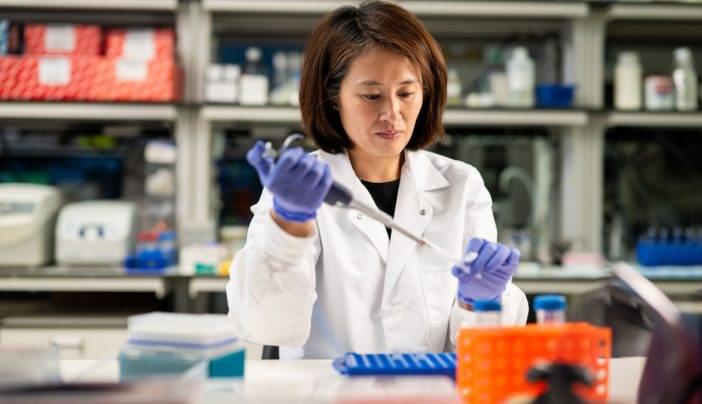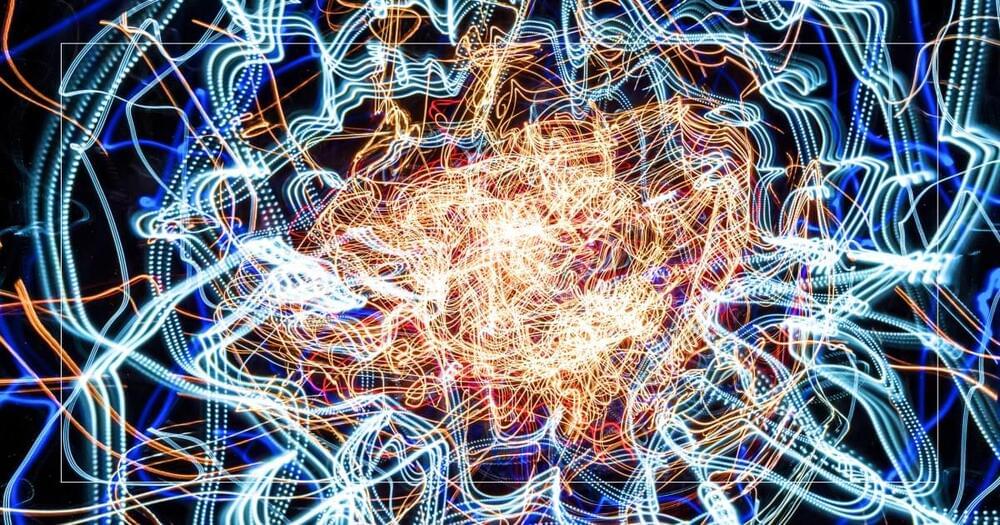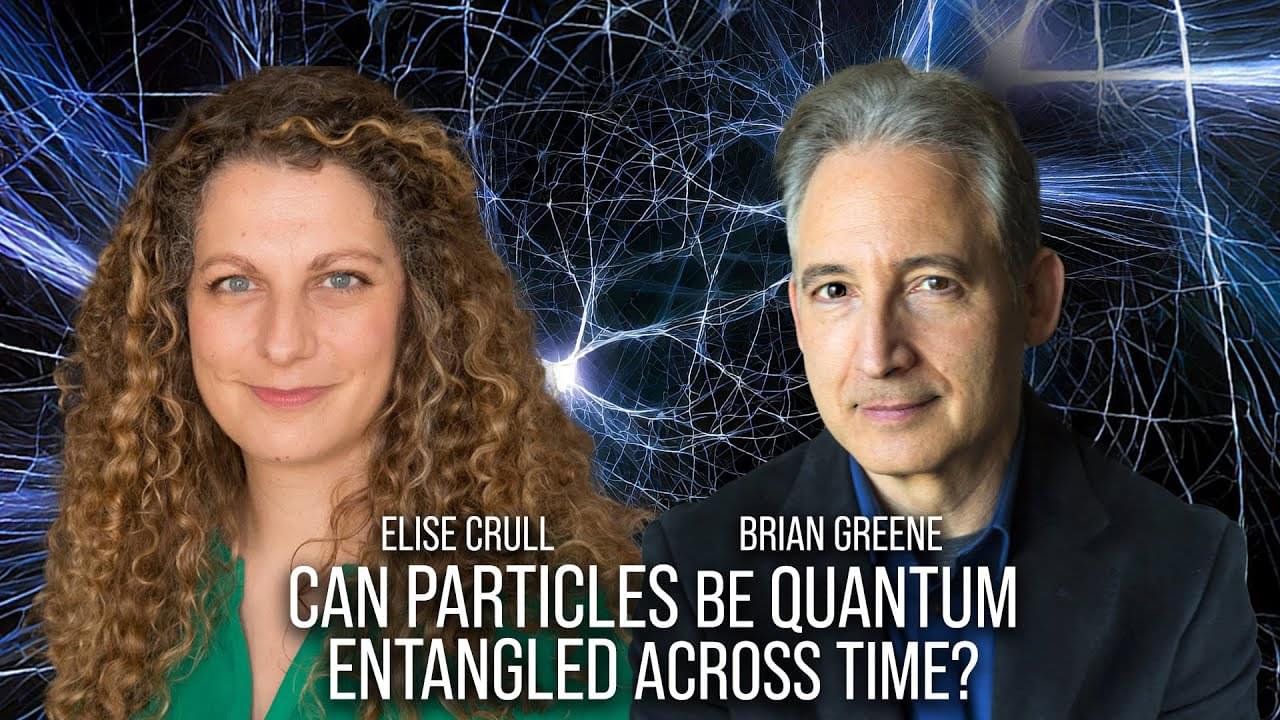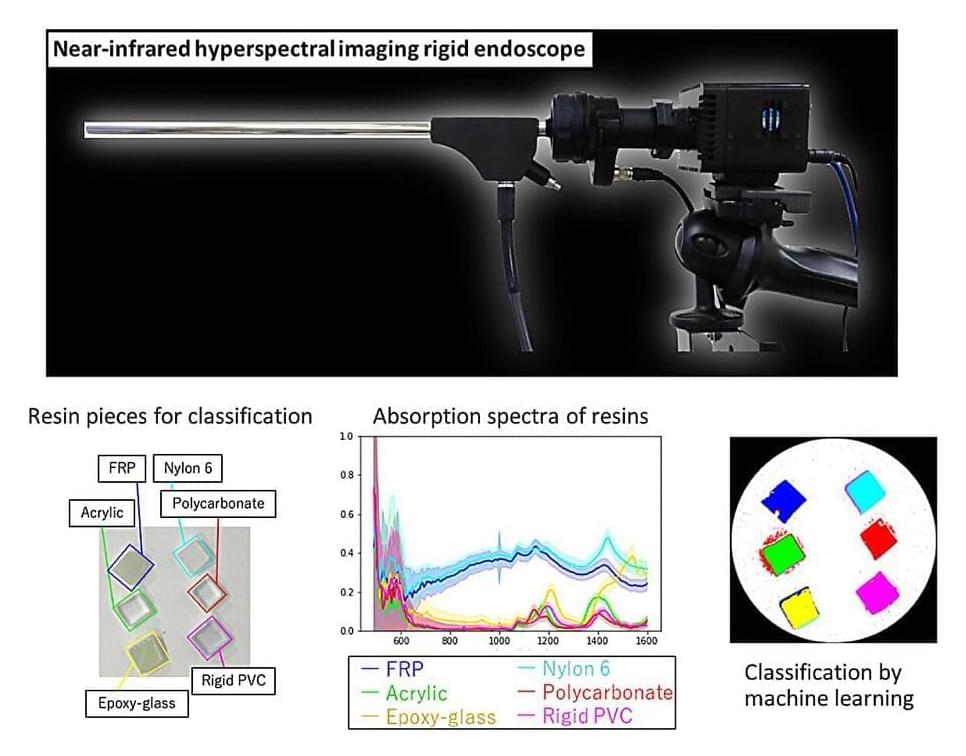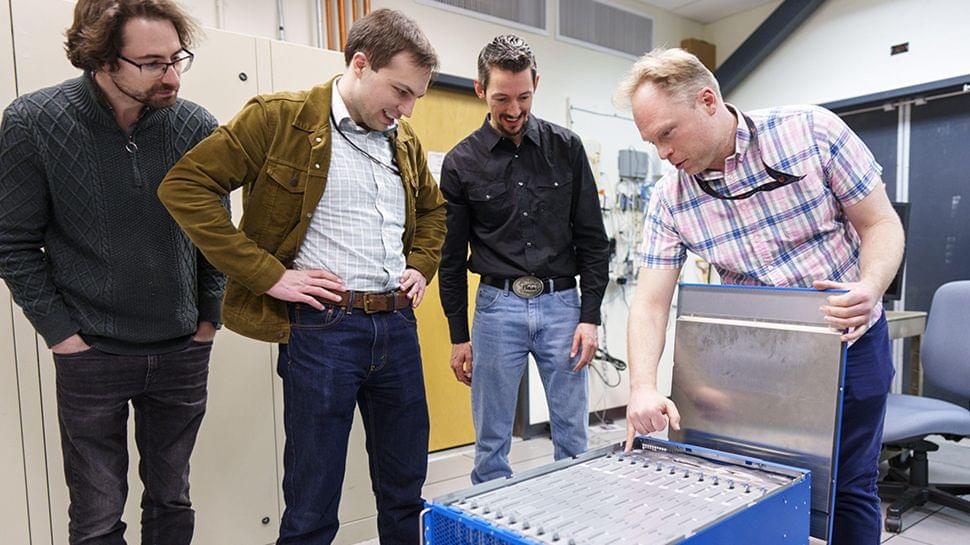
In an age marked by remarkable technological advancements, the field of robotics exemplifies humanity’s boundless potential for innovation. In recent years, certain types of robots have consistently captured our attention, with humanoid robots standing out as pioneers, alongside pre-programmed robots, autonomous robots, teleoperated robots, and augmenting robots.
With advancements in technology, the evolution of humanoid robotics pushes the boundaries of what was once considered purely sci-fi into the realm of reality. Engineered to emulate the human form both physically and cognitively, these robots are equipped with a sophisticated array of cameras, sensors, and cutting-edge AI and ML technologies. This enables them to not only perceive their surroundings but also to interact with humans in increasingly nuanced ways, from recognizing objects to sensing and responding to environmental cues.
That being said, the sector is poised for significant growth. According to research firm MarketsandMarkets, the humanoid robot market size was valued at $1.8 billion in 2023 and is anticipated to be $13.8 billion in the next five years, growing at a CAGR of over 50.2%.
